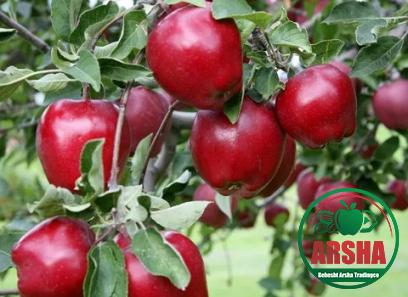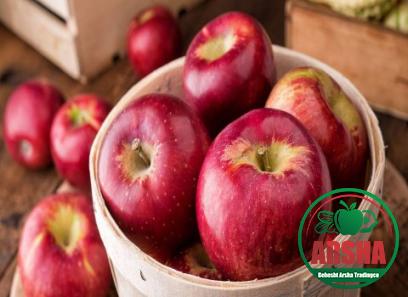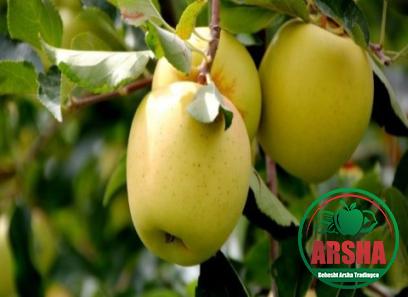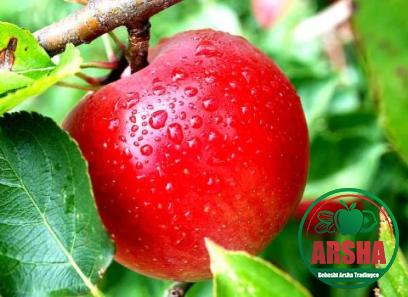Apples are a staple in the fruit industry, and with so many different varieties available, it can be challenging for consumers and businesses to choose which apple is the best fit for their needs. In this article, we will explore the differences between two popular apple varieties: Gala and Fuji. By examining their taste, texture, growing conditions, popularity, and market demand, businesses can make informed decisions regarding which apple to offer to their customers. 1. Taste and Texture: Gala apples are known for their sweet and mild flavor, making them a popular choice for eating fresh or using in salads. They have a crisp, juicy texture that adds a delightful crunch to every bite. In contrast, Fuji apples offer a sweeter, more intense flavor with a hint of tartness.
.
 They have a denser texture and are also delicious when consumed fresh. The choice between Gala and Fuji will depend on the level of sweetness desired by the consumer. 2. Growing Conditions: Gala apples are known for their adaptability to a wide range of growing conditions. They can be grown in various climates and soil types, making them an ideal choice for farmers in different regions. On the other hand, Fuji apples are more sensitive to climatic conditions and require cooler temperatures for optimal growth. This factor may affect the production and availability of Fuji apples in certain regions. 3. Popularity and Market Demand: Gala apples have a long-standing popularity among consumers due to their pleasant taste, attractive appearance, and versatility in culinary applications.
They have a denser texture and are also delicious when consumed fresh. The choice between Gala and Fuji will depend on the level of sweetness desired by the consumer. 2. Growing Conditions: Gala apples are known for their adaptability to a wide range of growing conditions. They can be grown in various climates and soil types, making them an ideal choice for farmers in different regions. On the other hand, Fuji apples are more sensitive to climatic conditions and require cooler temperatures for optimal growth. This factor may affect the production and availability of Fuji apples in certain regions. 3. Popularity and Market Demand: Gala apples have a long-standing popularity among consumers due to their pleasant taste, attractive appearance, and versatility in culinary applications.
..
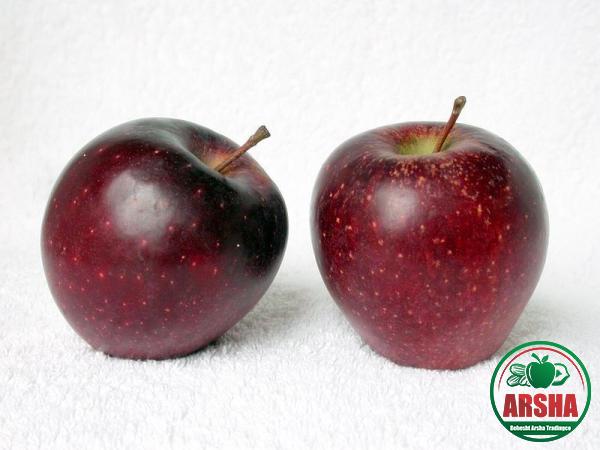 They are widely available and are often priced more competitively compared to other premium apple varieties. Fuji apples, on the other hand, have gained significant popularity in recent years. Their unique taste, striking red and yellow skin, and longer shelf life have contributed to their increased market demand. Retailers may consider offering both varieties to cater to different customers’ preferences. 4. Culinary Applications: Both Gala and Fuji apples offer great versatility in the culinary world. Gala apples excel in salads, snacking, and baking, as their delicate sweetness adds a flavorful touch to recipes. Fuji apples, with their firm and dense texture, are perfect for cooking, baking, and making cider. They hold their shape well when heated, making them a favorite choice for pies, tarts, and applesauce.
They are widely available and are often priced more competitively compared to other premium apple varieties. Fuji apples, on the other hand, have gained significant popularity in recent years. Their unique taste, striking red and yellow skin, and longer shelf life have contributed to their increased market demand. Retailers may consider offering both varieties to cater to different customers’ preferences. 4. Culinary Applications: Both Gala and Fuji apples offer great versatility in the culinary world. Gala apples excel in salads, snacking, and baking, as their delicate sweetness adds a flavorful touch to recipes. Fuji apples, with their firm and dense texture, are perfect for cooking, baking, and making cider. They hold their shape well when heated, making them a favorite choice for pies, tarts, and applesauce.
…
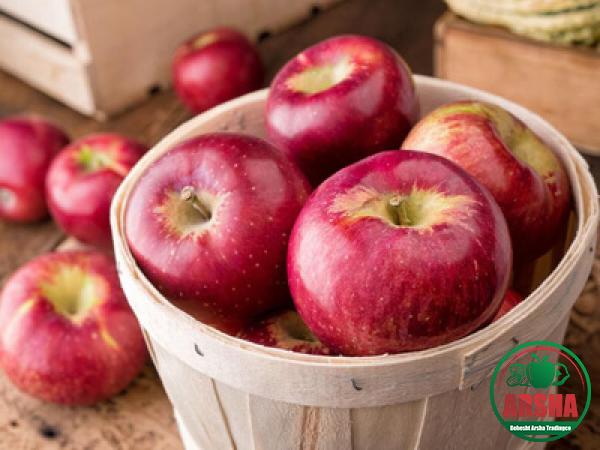 Conclusion: When it comes to choosing between Gala and Fuji apples, businesses must consider factors such as taste, texture, growing conditions, popularity, and market demand. Gala apples offer a mild sweetness and adaptability to various growing conditions, while Fuji apples provide a more intense flavor and require cooler climates. Both varieties have their own unique characteristics, making them suitable for different culinary applications. By understanding the preferences of their target customers, businesses can make an informed decision on which apple variety to offer and potentially capitalize on the market demand for these popular fruits.
Conclusion: When it comes to choosing between Gala and Fuji apples, businesses must consider factors such as taste, texture, growing conditions, popularity, and market demand. Gala apples offer a mild sweetness and adaptability to various growing conditions, while Fuji apples provide a more intense flavor and require cooler climates. Both varieties have their own unique characteristics, making them suitable for different culinary applications. By understanding the preferences of their target customers, businesses can make an informed decision on which apple variety to offer and potentially capitalize on the market demand for these popular fruits.

